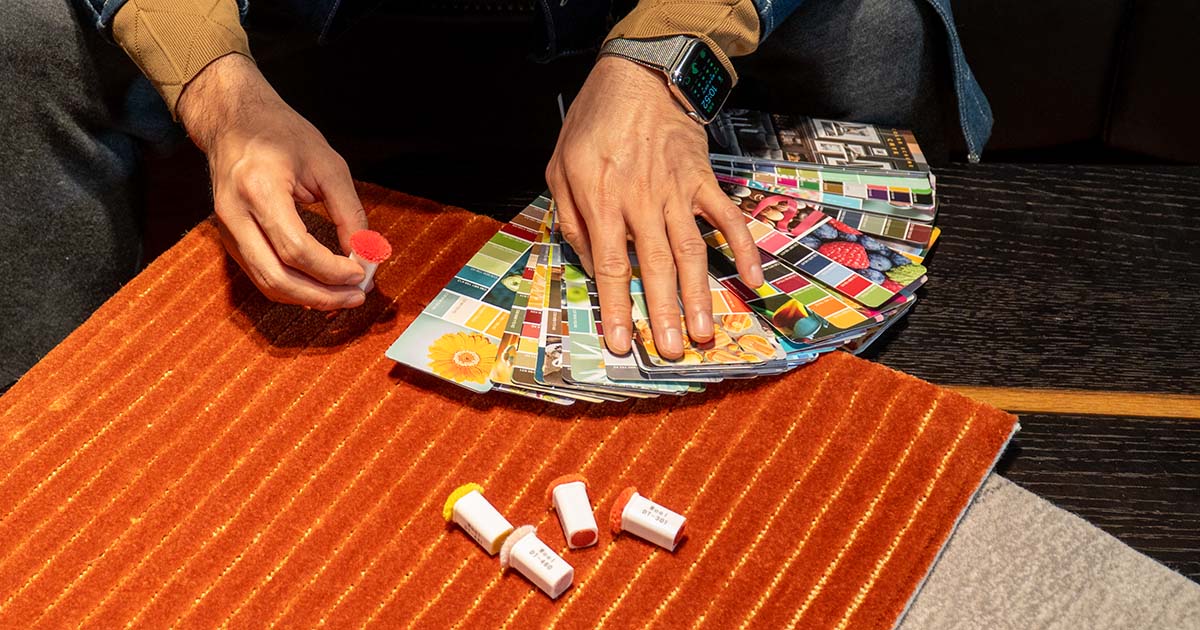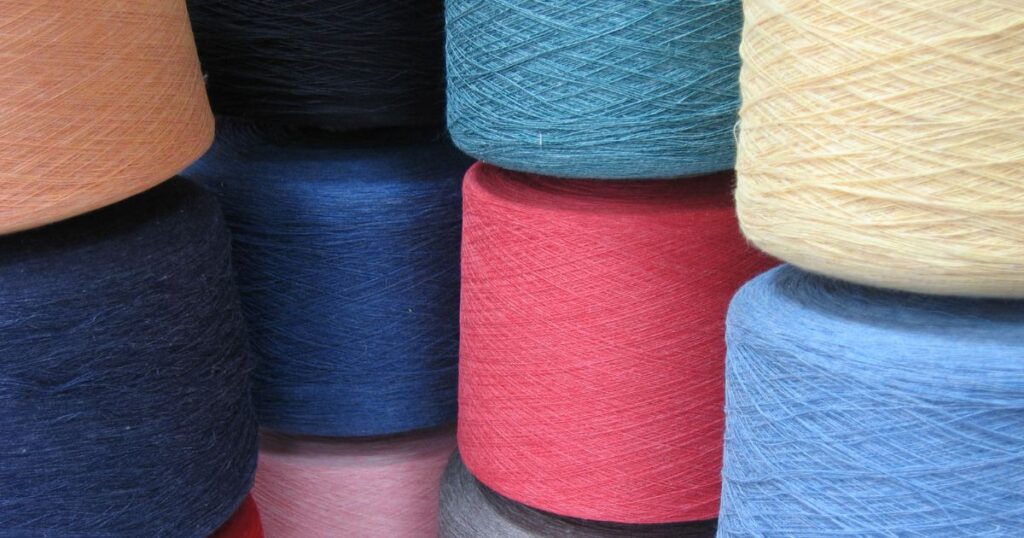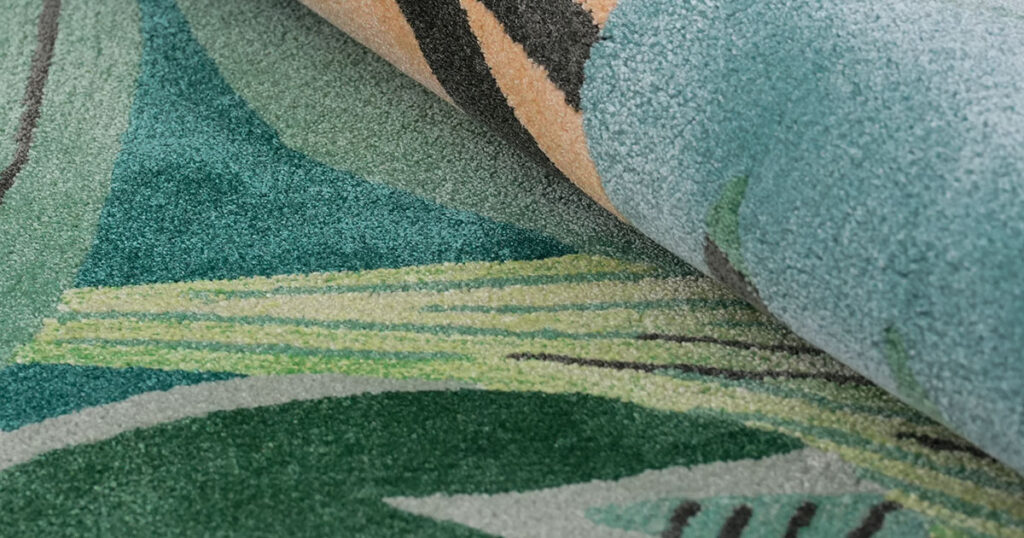Choosing the right rug color can completely transform the look and feel of your living space.
This blog post will show you where to find inspiration to select the perfect rug hues.
You’ll discover tips for considering your existing decor, seeking ideas from design resources, and choosing colors based on the room’s purpose and atmosphere.
By the end, you’ll have a solid game plan for finding a rug color that pulls your room together beautifully.
Let’s get started!
Introduction
Selecting a rug color is one of the most important decisions when decorating a room.
The right hue can complement your existing decor, evoke a certain mood, and pull the space together harmoniously.
However, with so many options available, it can be overwhelming for beginning buyers to know where to start.
This guide will explore various sources of inspiration and factors to consider when choosing a rug color.
Understanding Color Psychology
Color psychology plays a significant role in interior design.
- Different colors can evoke specific emotions and create distinct atmospheres.
- For example, blue is often associated with calmness and tranquility, making it a popular choice for bedrooms and bathrooms.
- Red, on the other hand, is energizing and can stimulate appetite, which is why it’s frequently used in dining rooms and kitchens.
Understanding these common color associations can help guide your rug selection.
Considering Your Existing Decor
Before choosing a rug color, take stock of your existing decor.
- Consider the colors of your walls, furniture, and accessories.
- Decide whether you want your rug to complement these colors or provide a bold contrast.
- If your room has a neutral palette, a brightly colored rug can add a pop of visual interest.
Conversely, if your space already features bold hues, a more subdued rug color can provide balance.
Drawing Inspiration from Nature
Nature offers an endless array of color inspiration.
- Consider the soothing blues and sandy tans of a beach landscape, the rich greens of a lush forest, or the warm oranges and pinks of a stunning sunset.
- Incorporating these natural color schemes into your rug choice can create a calming and organic feel in your space.
Nature-inspired colors can also help bring the outdoors in, making your room feel more connected to the environment.
Exploring Color Trends
Staying up-to-date with color trends can provide fresh inspiration for your rug selection.
- In 2024, earthy tones like terracotta, olive green, and warm neutrals are expected to be popular.
- These grounding hues create a sense of comfort and connection to nature.
- Jewel tones like sapphire blue, emerald green, and ruby red are also forecasted to make a statement, adding a touch of luxury and drama to interiors.
Consider incorporating these trendy colors into your rug choice for a contemporary look.
Rug Color Ideas for Different Rooms
Different rooms in your home serve different purposes, and your rug color should reflect that.
- In living rooms, where people gather and socialize, consider warm and inviting colors like deep reds, oranges, or earth tones.
- For bedrooms, soothing hues like soft blues, greens, and grays can promote relaxation and tranquility.
- Dining rooms often benefit from appetizing colors like rich reds and golds.
Additionally, consider the size of the room when selecting a rug color.
- Lighter colors can make a small space feel larger, while darker hues can create a cozy, intimate atmosphere in a larger room.
Rug Color Combinations
When selecting a rug color, consider how it will interact with other colors in the room.
- Monochromatic color schemes, which use different shades and tints of the same hue, create a cohesive and harmonious look.
- Analogous color schemes use colors that are adjacent to each other on the color wheel, such as blue and green, for a subtle and soothing effect.
- Complementary color schemes, which pair colors opposite each other on the color wheel like blue and orange, create a bold and dynamic contrast.
Experiment with different color combinations to find the perfect pairing for your space.
Considering Rug Patterns and Textures
In addition to color, rug patterns and textures can greatly impact the overall look and feel of a room.
A patterned rug with multiple colors can add visual interest and disguise stains, while a solid-colored rug can provide a neutral foundation for other patterned elements in the space.
- Textured rugs, such as shags or woven styles, can add depth and dimension to a room’s color palette.
- When incorporating a patterned or textured rug, consider balancing it with solid-colored furniture or accessories to avoid overwhelming the space.
Rug Color Inspiration from Art and Culture
Art and cultural traditions can be rich sources of color inspiration for your rug selection.
Look to paintings, photographs, or cultural motifs that resonate with you.
- For example, the vibrant colors and geometric patterns of Moroccan rugs can add a bohemian flair to your space, while the intricate designs and rich hues of Persian carpets can provide a touch of elegance and history.
- Abstract art can also inspire unique color combinations and make a bold statement in a room.
Practical Considerations for Rug Colors
While aesthetics are important, it’s also crucial to consider practical factors when choosing a rug color.
- If you have pets or children, opt for colors that can hide dirt and stains, such as darker hues or multi-colored patterns.
- In rooms with a lot of natural light, choose fade-resistant colors to prevent your rug from losing its vibrancy over time.
- Wool and nylon rugs are known for their durability and resistance to fading.
Experimenting with Rug Color Samples
Before making a final decision, it’s essential to see how your chosen rug color looks in your actual space.
- Lighting, surrounding colors, and room size can all affect how a color appears.
- Order color samples or swatches from the rug retailer and place them in the room where the rug will be located.
- View the samples at different times of day to see how the color changes under various lighting conditions.
- Compare multiple samples side by side to determine which color works best with your existing decor.
Conclusion
Choosing the perfect rug color involves considering various factors, from color psychology and existing decor to room function and practical concerns.
By drawing inspiration from nature, art, and cultural traditions, and staying informed about current color trends.
Remember to experiment with color samples and trust your personal preferences to create a room that reflects your unique style.
With these tips in mind, you’ll be well-equipped to find the ideal rug color for your home.




